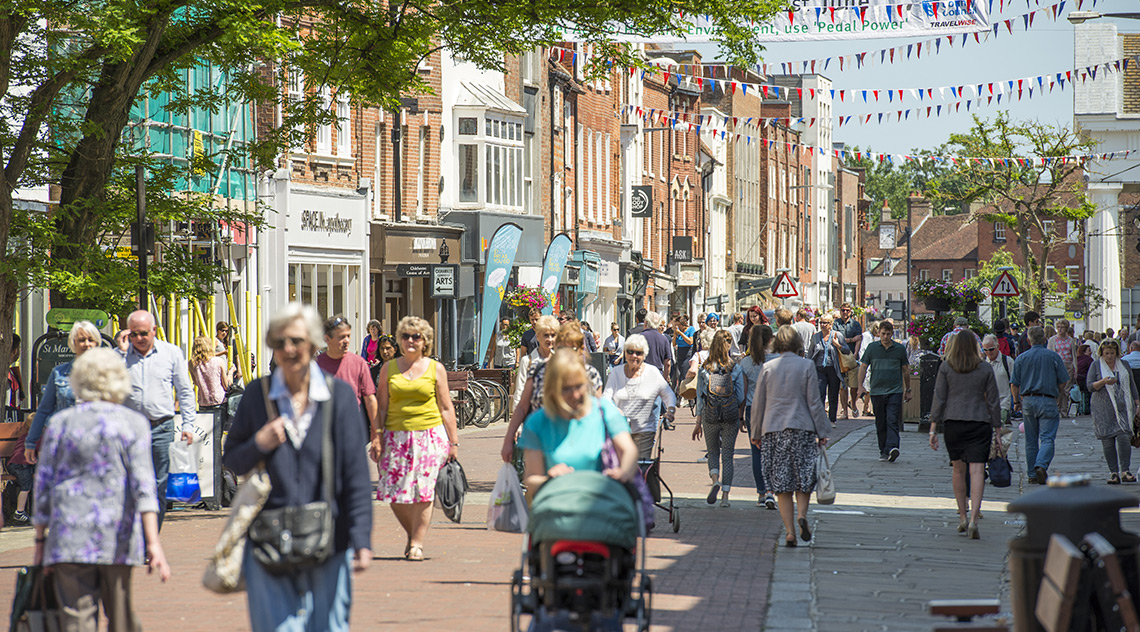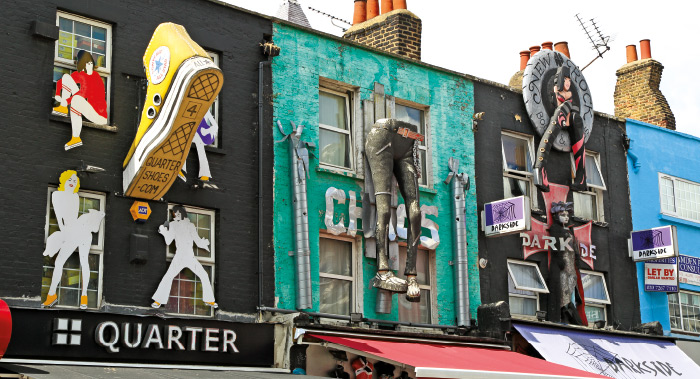
Successful repurposing will see the creation of “antifragile” community hubs
In asking Sir John Timpson to write The High Street Report in 2018, the government recognised the challenges facing our retail places, and by implementing his main recommendations of establishing the High Street Task Force and the Future High Street Fund, they fully endorsed his recommendations. So, it’s clear that the challenges we face long proceeded the unique pressure and acceleration of trends that has been caused by the Covid pandemic.
One of the main reasons that I am proud to have been asked to chair the Task Force, to build on Sir John’s work, is that I passionately believe that from this challenge arises the opportunity to remake our High Streets and Town centres sustainable places at the heart of their communities.
At the heart of our problem, however, is the post war consensus that the success of our places was only judged in terms of retail; a High Street anchored by a Debs was better than one with a Woolies, and all places of merit aspired to have a John Lewis! The spread of this retail monoculture, to the exclusion of traditional town centre uses, was perhaps understandable, given that retail property offered investors long term, seemingly always increasing rental incomes and growing, often debt fuelled, consumerism justified occupier’s expansion plans.
Despite the clear warning signs of the initial dotcom boom towards the end of the last century, and then the great recession, less than a decade later, we continued as an industry and indeed at a policy making level, to believe that these were cyclical bumps in the road. The investor Sir John Templeton stated that “the four most expensive words in the English language are ‘this time it’s different’”, but I have to disagree. In this case, a failure to realise the world was changing twenty years ago left us ill prepared for the pressures exerted in an accelerated timeframe on us by Covid.
The High Street Task Force was commissioned by the UK government in 2019 and is an alliance of place making experts working to redefine the high street providing guidance, tools and skills to help communities, partnerships and local government transform their high streets.
Our framework is imbedded through a new ‘Routemap from Recovery to Transformation’, developed to support place leaders to navigate their town and city centres and high streets onto a path of positive change.
Previous research and projects, such as the Institute of Place Management’s High Street 2020 project, have demonstrated that the 4Rs framework provides a structure to the incredibly complex process of place transformation. It distinguishes between the processes of analysis and decision making (Repositioning), effecting change (Reinventing), communication (Rebranding) and governance/spatial planning (Restructuring).
By placing all of our bets on red (or retail to be exact) and optimising our town centres for shopping, we have left our places uniquely exposed to changes in this one market; something that Nassim Nicholas Taleb’s warns against in his 2012 book Antifragile.

It is also fair to say that anything that is fragile is not sustainable.
Now, the word sustainable is emotive and will also mean many different things to the many different people reading this article; but I firmly believe that when it comes to placemaking and the future of our towns, environmental sustainability and sustainability in terms of social value and investment returns are completely aligned.
Our thriving community hubs of the future will be based on a variety of uses that have been showcased elsewhere in this report; by their sheer diversity of uses they have anti-fragility baked in, and this mix of complementary uses will also lead to them being more successful in terms of returns to investors and enhanced social value. Furthermore, a community’s entire needs being met in one single, accessible location will promote localism, community engagement and environmentally friendly travel; a vision set out in the idea of “15-minute cities”.
Whilst I must admit that I struggle to comprehend how all of the inward looking concrete bunkers that we call shopping centres can be repurposed, I am confident that the future places we create in their place will by sustainable in the most comprehensive way. The complementary mix of social, civic and commercial uses will create robust, flexible multipurpose places, reflecting the needs of their communities and being easily accessible to them. Their vitality and long term resilience, their antifragility, will attract new investment and allow for the renewal of our places to a higher environmental standard.
What could be more sustainable than that?



